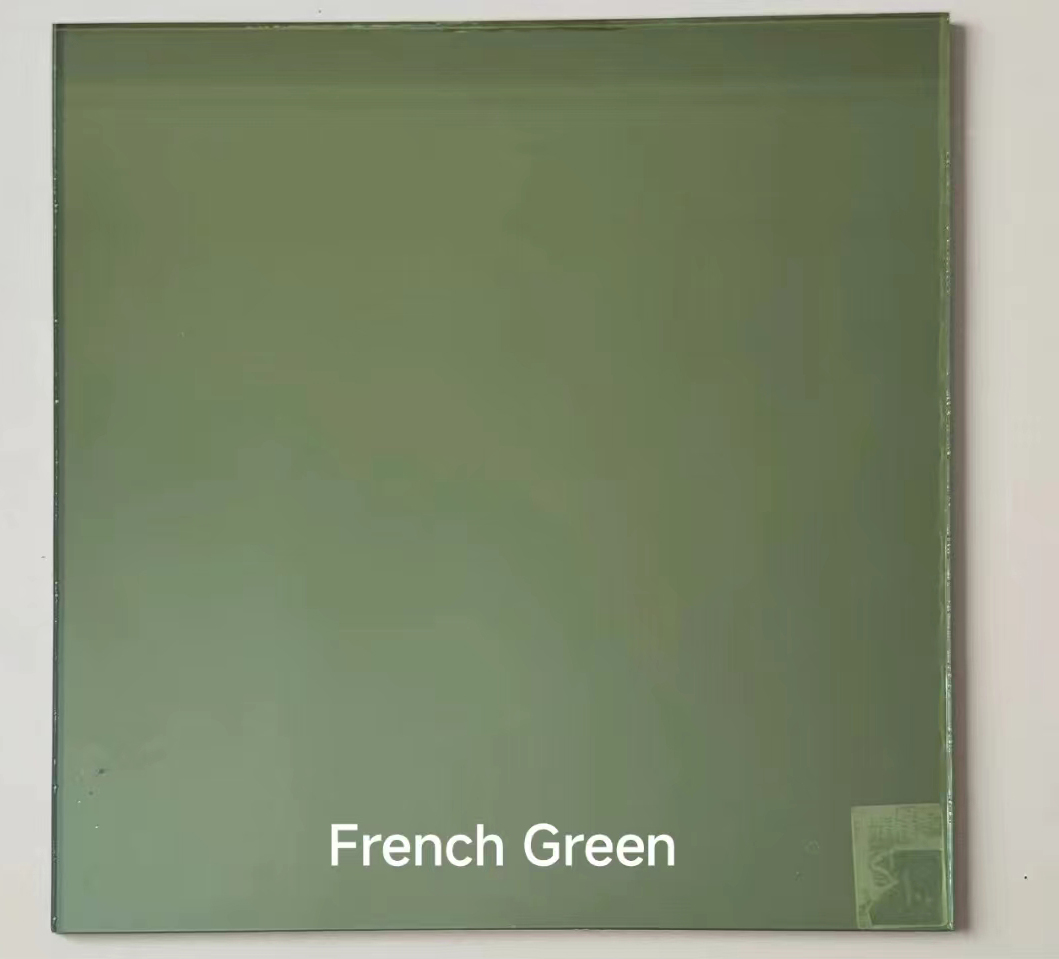

The Advantages of Bronze Tinted Low-E Glass A Stylish and Energy-Efficient Choice
In today's world, where energy efficiency and aesthetic appeal are paramount, bronze tinted low-emissivity (Low-E) glass is emerging as an ideal solution for both residential and commercial buildings. This innovative glazing option not only enhances the architectural beauty of a structure but also provides significant benefits in terms of energy conservation and comfort.
Understanding Low-E Glass
Low-E glass is coated with a thin, transparent layer that reflects heat while allowing light to pass through. This coating is typically made from silver or other metals, which significantly reduces the amount of infrared radiation that escapes from inside a building. As a result, spaces remain warmer during the winter months and cooler during the summer. The efficiency of Low-E glass is measured by its solar heat gain coefficient (SHGC), with lower values indicating better performance in blocking heat.
The Appeal of Bronze Tinting
The addition of a bronze tint to Low-E glass serves multiple purposes. Aesthetically, bronze-tinted glass provides a luxurious, modern look that can complement a variety of architectural styles. This hue can also add a sense of privacy without sacrificing natural light, making it a popular choice for office buildings and homes alike. The warm tones of bronze create a visual connection with nature, enhancing the overall look of a building while blending harmoniously with the environment.
Energy Efficiency Benefits

One of the primary reasons for choosing bronze tinted Low-E glass is its remarkable energy efficiency. This type of glass works in two ways by reflecting heat back into the building during colder months and by blocking incoming solar heat during warmer months. This dual-action helps to reduce reliance on heating and cooling systems, leading to significant energy savings. For homeowners and businesses grappling with high energy bills, switching to bronze tinted Low-E glass can contribute to substantial long-term savings.
Furthermore, energy-efficient buildings often benefit from incentives, such as tax credits and rebates, making the financial argument for upgrading to Low-E glass even more compelling. Many consumers are increasingly conscious of their environmental impact; using this type of glass can contribute to a building's overall sustainability.
Improved Comfort and UV Protection
Beyond energy savings, bronze tinted Low-E glass can enhance indoor comfort. By preventing excessive heat gain, it helps regulate temperatures and reduces glare, leading to more comfortable living and working conditions. This temperature regulation means HVAC systems can operate more efficiently and smoothly, further contributing to energy savings.
Another advantage is the protection against harmful ultraviolet (UV) rays. Bronze tinted Low-E glass can block up to 99% of UV radiation, which is known to cause fading in furniture, flooring, and artwork. By reducing this exposure, interior spaces maintain their vibrancy and integrity for longer periods.
Conclusion
In conclusion, bronze tinted low-E glass represents a smart investment for anyone looking to enhance their building's aesthetic while improving energy efficiency. With its stylish appearance, significant energy cost reductions, improved comfort, and UV protection, this glazing option proves to be an invaluable addition to any construction or renovation project. As awareness of energy efficiency continues to grow, opting for bronze tinted low-E glass is a proactive choice towards a sustainable and stylish future.